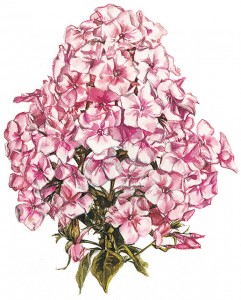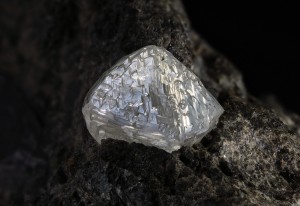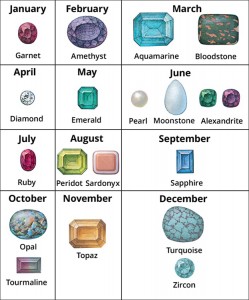Were you an April Fool?
Monday, April 3rd, 2023

Playing tricks on people has been an April Fools’ Day custom for hundreds of years. This illustration from the late 1700’s shows youngsters teasing an old man by tying a kite to his hair.
Credit: © Hulton Archive/iStock photo
Saturday, April 1st, was April Fools’ Day. April Fools’ Day is celebrated with jokes, pranks, and tricks in many cultures throughout the world. Whether it is a planned-out extravagant scheme or a simple harmless prank, April Fools’ Day can make for a lot of laughs and a good story!
In many countries, including the United States, it is the custom on this day to play tricks on people. A favorite joke is to send someone on a fool’s errand, a search for something that does not exist. In the United States, the victim is called an April Fool.
No one knows where the April Fools’ custom began. But some historians believe it may have started in France. There, the old New Year’s festival was observed from March 25 to April 1 and ended with an exchange of gifts. In the mid-1560′s, King Charles IX changed the New Year to January 1. People who still celebrated the New Year in April were called April fish and sent mock presents. April Fools’ Day may be related to the ancient Roman spring festival Hilaria, which celebrates the resurrection of the god Attis.
The BBC reported in 1957 that Swiss farmers had a record spaghetti crop, even showing a video of people harvesting pasta from trees! The National Public Radio (NPR) announced in 1992 that former President Richard Nixon would seek reelection twenty years after he left the Oval Office. NPR also ran an article in 2014 titled “Why Doesn’t America Read Anymore?” This article called out people who commented on articles without reading them. If you clicked on the article, then you were in on the joke!
However, in the United States, fast-food restaurants take the cake with April Fool’s Day shenanigans. In 1996, Taco Bell announced it purchased the Liberty Bell and that they were renaming it the Taco Liberty Bell. Later in 1998, Burger King debuted a left-handed “Whopper” for the occasion, tricking many people who wanted to try out the new type of sandwich.
On April Fools’ Day, it’s prank or be pranked! You have an entire year to think of a good prank for next year. Any ideas?






